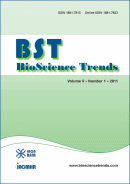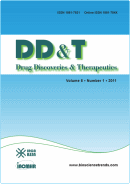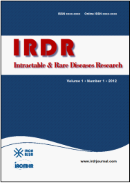BioScience Trends. 2018;12(1):37-41. (DOI: 10.5582/ddt.2017.01062)
Welfare analysis of a zero-smoking policy
Nakamura Y, Takahashi K, Nomura M, Kamei M
Smoking cessation efforts in Japan reduce smoking rates. A future zero-smoking policy would completely prohibit smoking (0% rate). We therefore analyzed the social welfare of smokers and non-smokers under a hypothetical zero-smoking policy. The demand curve for smoking from 1990 to 2014 was estimated by defining quantity as the number of cigarettes smoked and price as total tobacco sales/total cigarettes smoked by the two-stage least squares method using the tax on tobacco as the instrumental variable. In the estimation equation (calculated using the ordinary least squares method), the price of tobacco was the dependent variable and tobacco quantity the explanatory variable. The estimated constant was 31.90, the estimated coefficient of quantity was ? 0.0061 (both, p < 0.0004), and the determinant coefficient was 0.9187. Thus, the 2015 consumer surplus was 1.08 trillion yen (US$ 9.82 billion) (95% confidence interval (CI), 889 billion yen (US$ 8.08 billion)







